Tallinn, Estonia. 7th September 2024.
Tallinn is a Half Marathon to enjoy! It offers a very nice course, flat and wide: starting and finishing in the beautifully medieval Old Town, you later cross forests and run along the Baltic Sea!
The route is well marked and supported with numerous aid stations, making it beginner-friendly yet appealing for seasoned runners chasing a personal best. The combination of historic city streets and natural scenery creates a uniquely refreshing running experience. 🏰🌲🌊
🇪🇪 🇱🇻 🇱🇹 This race is part of what I called our “Baltic Challenge”: We ran in the three Baltic countries over the course of a weekend: 21k in Estonia for the Tallinn Half Marathon and 6k in Latvia, in Riga, both on Saturday, and 10k in Lithuania as part of the Vilnius Marathon races on Sunday. It was super tiring but such a great experience!
If you’re preparing for the Tallinn Half Marathon, be sure to check the typical September weather—usually cool and crisp, perfect for running but bring layers for pre- and post-race. Registration opens months in advance and often fills quickly, so early sign-up is advised. Whether you’re coming for a race day PR or a scenic run with friends,
Tallinn offers a memorable mix of history, nature, and well-organized race logistics. 🏅✨
TLDR; “too long, didn’t read”
- I just want to run! Take me to RACE.
- I have 1 minute. Take me to USEFUL INFORMATION and FAQs.
- Running is my excuse for travelling. Take me to TRIP.
- Running is my excuse for eating. Take me to CARBOLOADING.
- I want to know what to read in the plane. Take me to ONE BOOK.
🌍 The trip 📷: What to see in Tallinn if you are running the Marathon
If you’re running the Tallinn Half or Full Marathon, you’re not just in for a great race—you’re in one of Europe’s most charming capitals. 🏰 Estonia’s fairytale-like Old Town is a UNESCO World Heritage Site filled with cobblestone streets, medieval towers, and panoramic viewpoints. The city is compact, walkable, and perfect for a long weekend of both racing and exploring.
Whether you’re flying in for the marathon or adding Tallinn to a multi-country running adventure like we did, this city is worth discovering. From ancient walls and modern cafés to seaside promenades and cozy parks, there’s plenty to see before or after race day. In this section, I’ll show you some of the best things to see in Tallinn—especially if you’re visiting during Tallinn Marathon weekend in September. ✈️📸👟
Getting to know the city!
We arrived in Tallinn on Thursday night, two days before the races, with a direct flight from Barcelona: it is a 4 hours flight so it is convenient.
We had booked an apartment with a terrace in the middle of the historic center, and it turned out to be an excellent option.

The taxi ride from the airport was just 15 minutes, and when we stepped out from the car, we saw we were right by Saint Nicholas’ Church. This church is also a museum and showcases religious art, including the famous painting “Danse Macabre” by Bernt Notke.
There are plenty of apartments in Tallinn’s city centre, we saw a lot of tourists walking around with trollers.

We went sightseeing on a Friday morning very early, when the city was just waking up and no tourists were around. It was a delight: the sun was illuminating the cobblestone streets while the first delivery vans were preparing the cafes and restaurants for the day.

Tallinn’s Old Town is amazing. It’s an UNESCO World Heritage site renowned for its well-preserved medieval architecture. It is really well-preserved and clean. The cobblestone streets, gothic spires, and historic buildings create a fairy-tale-like atmosphere which we enjoyed with virtually very few tourists.

We saw Tallinn Town Hall Square (Raekoja plats), the heart of the Old Town, featuring the impressive Tallinn Town Hall, one of the oldest in Europe, and a vibrant atmosphere with cafes, restaurants, and seasonal markets.
And the oldest continuously operating pharmacy in Europe, Raeapteek:

I also loved St. Olaf’s Church, once the tallest building in the world! This church’s tower provides an excellent vantage point to see Tallinn from above.
Everywhere you see historic buildings, walls and towers. Tallinn’s city walls offer a tangible connection to the city’s medieval past and opportunities to explore.

We also got lost in Viru Gate and Viru Street. At that time, the flower shops were starting to prepare for the day. It was so beautiful, the medieval gate with so many flower stalls around it.

I particularly liked the “Three sisters”, which we found almost by chance, walking around just enjoying the streets: these are three tightly-knit buildings of great historical and architectural value.The origins of these merchants’ houses date back to the Middle Ages and the earliest written documentation to the 14 th century.

In general, you can just get lost in the city center and enjoy its blend of history, culture, and scenic beauty.
In the afternoon we visited Alexander Nevsky Cathedral, a stunning Russian Orthodox cathedral located on Toompea Hill which offers a glimpse into Tallinn’s diverse cultural and religious history. The interior is also magnificent.

We were lucky: it was sunny and there were not many tourists, so walking around Toompea Castle was a delight.
By the way, the castle is home to the Estonian Parliament. Flowers were blooming and the Estonian flag was waving.

Plus, we got to see the preparations for the half marathon the day later.
We then visited Kiek in de Kök: it is worth paying the entrance fee to climb its walls, see the exhibitions about the fascinating history of the city and see the view.
Kiek in de Kök is a historic artillery tower built in the late 15th century which was part of Tallinn’s defense system and offers insight into the city’s fortified history.
The name “Kiek in de Kök” means “Peek into the Kitchen” in Low German, reflecting how soldiers could see into the kitchens of nearby houses from the tower’s vantage point.
The tower offers panoramic views of Tallinn’s Old Town, the Toompea Hill, and the surrounding areas.

But what we really enjoyed were the tunnels beneath. These are part of the Bastion Tunnels, an extensive network of underground passages built in the 17th and 18th centuries to reinforce Tallinn’s defense system.

These tunnels were constructed to enable the movement of troops, the storage of ammunition, and the protection of soldiers during sieges without being exposed to enemy fire.
Finally, we headed to Freedom Square to pick up our BIBs.
The Marathon Website
I will begin reviewing Tallinn’s marathon website, which is very useful and where we found a lot of information. Including Traffic information for Tallinn’s local drivers 😁
One thing I loved is that there were pictures of the musicians who were going to cheer us up during the race! (Something I also found for Vilnius’ marathon, btw).

I was really looking forward to hearing them playing!
In the website we found the information how to collect the BIBs.
📅 Race office – Start materials – Competition Centre 🎽
The race office was open for 4 days, which gives a lot of flexibility. Well done!
- Thursday, September 5th 10.00-19.00
- Friday, September 6th 10.00-20.00
- Saturday, September 7th 7.00-20.00
- Sunday, September 8th 7.00-16.00
QR codes were sent to us via email previously and we had them in our phones to pick up our BIB numbers.

We were disappointed to see that there were no tshirts for half marathoners 😞
The “Race office” was not crowded so we didn’t have to wait. There were a few stalls selling sport-related goods, and a big Nike store. We took a few pictures in front of the “Run Tallinn” ad, which was cool because the Spike of Saint Nicholas Church could be seen in the background!

Funny thing: I made a “composition” with what I called “conflicting messages”, with a couple of pictures: the one in the “Race office” and one we saw in the Bastion Tunnels!

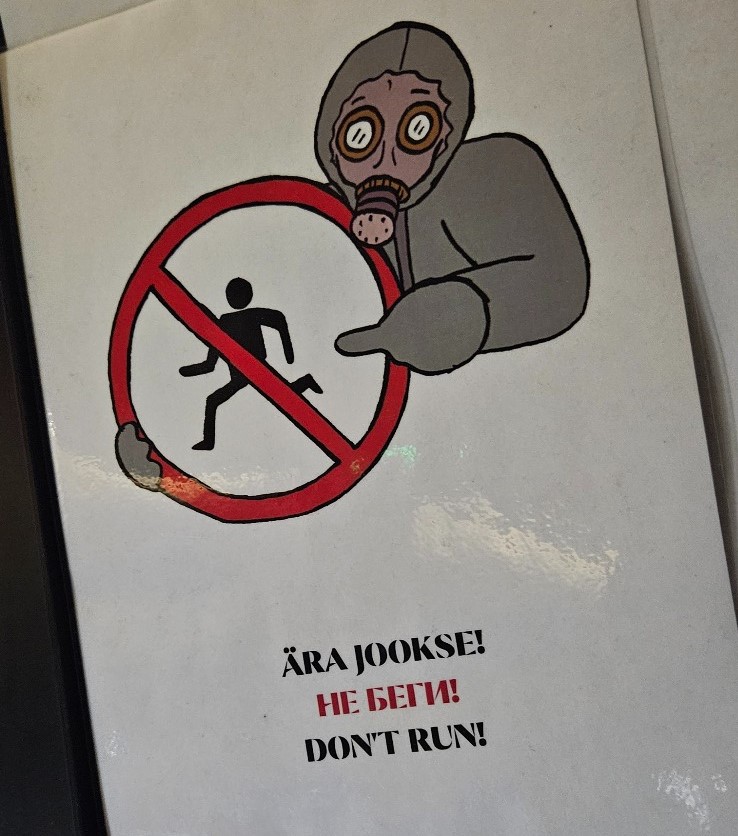
🏃♀️ The race 🏃♂️
We arrived half an hour before: our apartment was very close by, so we went walking. We passed by Alexander Nevsky cathedral to take a few pictures with our BIBS (which featured the Spanish flag) and also to see the atmosphere from the Danish King’s Gardens.
The day before the organization was putting the flags of many countries up, and we saw the Spanish one still on the floor. Today it was waving there, in the middle of the North Macedonian and the Luxemburg ones 😊 Random order!

The start area
A fitness coach was giving a ‘stretching class from the stage with many motivated runners joining in:

The atmosphere was very festive: there were runners from many countries, mostly Estonians, of course, but we saw runners from Norway, Finland, the UK, France…
Laura Prits (see above!), a singer dressed like Cindy Lauper in the 80s (seriously! she was wearing ragged leopard tights, a lot of chains and sported very voluminous hair) was singing with passion and asking the runners to raise our hands. She then presented “her new single”, called “River”. Despite her best efforts, most of the runners were ignoring her. I didn’t, though! Loved her energy!
We went to our corral, “C” and we waited for only 15 minutes as the start was scheduled at 9am and we departed on time!

An electronic countdown was showing on the display, and the speaker was counting down in Estonian.
The start
We started at a very good pace: our corral was full of good runners, running in order, not going too fast in the beginning. We liked that.
The streets were wide, flat and slightly downhill. All good!
We then passed by an area full of houses made of wood, very nice area, very Estonian. Good way to do some tourism!
Then, around kilometers 4-5 we passed by an area of very modern and nice residential buildings. In general, the course was flat and allowed us to see parts of Tallinn we did not see while sightseeing.
Refreshment stations and animation: good job!
The first refreshment station was around kilometre 2-3, and we were given water and an electrolyte drink (which flavor I did not figure out!) every 2-3 kilometers.
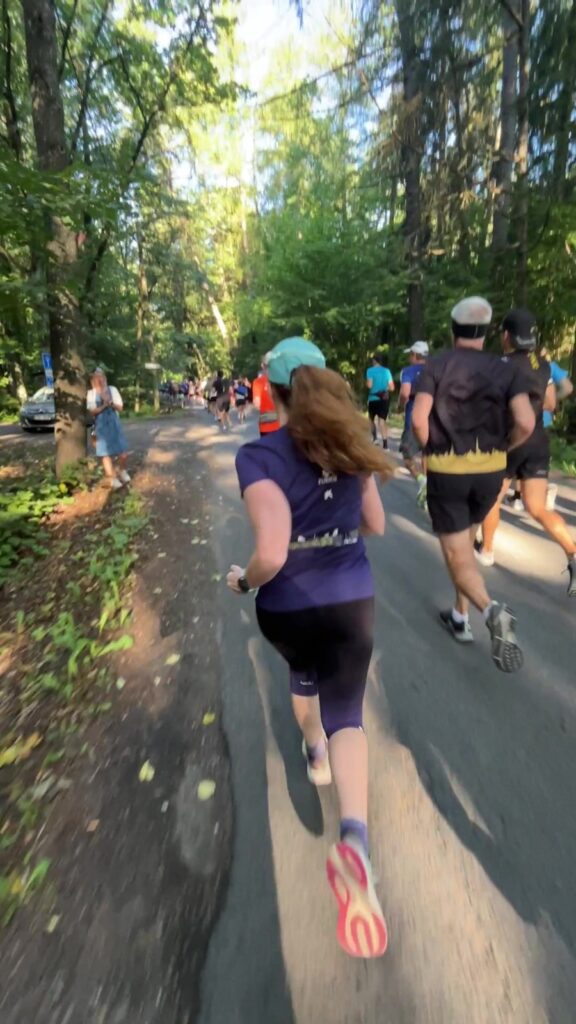
They were frequent and serviced by nice people. There was also one station serving energy gels (I took one, it was good) around kilometer 11.
There were also many places with speakers playing music; I loved the one at kilometer 10 which featured “Danza Kuduro” 😊

We also saw a couple of very motivated spectators, dressed in (quite silly) costumes, dancing and singing to cheer the runners. Bizarre, but funny 😊
A course along the sea!
After the residential area, we ran in the middle of a green area, almost like a forest, and saw the Baltic Sea in the background.
It was so nice! Flat, wide, surrounded by trees and with baskets of flowers hanging as decorations everywhere.
We really enjoyed this part, but we even enjoyed more the ‘return’ part, after kilometer 11, when we ran along the sea. At kilometer 13, we stopped and went to the beach to take pictures! We lost a couple of minutes but for us tourists it was such a cool sight!

Final part
After kilometer 17 we returned to the city center. It was still flat and wide, and people were running at a good pace around us. We did not see many people stopping or really struggling.
Only the final 200 meters are uphill. You turn left to face the street where the end is, and you must go up.
But the atmosphere was super cool so we had no problem finishing the last 200 meters picking up speed!

At the end, we were given medals (very beautiful, with the shape of a flower), a bottle of water and an energy drink.
People were happy around us, and so were we!
We really enjoyed this one: it was a beautiful day, sunny but not hot, and with a cool course that allowed us to enjoy the Baltic sea!
We also had a funny moment when we went to take some pictures in front of Alexander Nevsky’s cathedral. Like before, but this time with our medals.
We asked a couple of Chinese ladies to take a picture of us, and they kindly did. Then, they asked to take another with one of them and us, so we obliged.
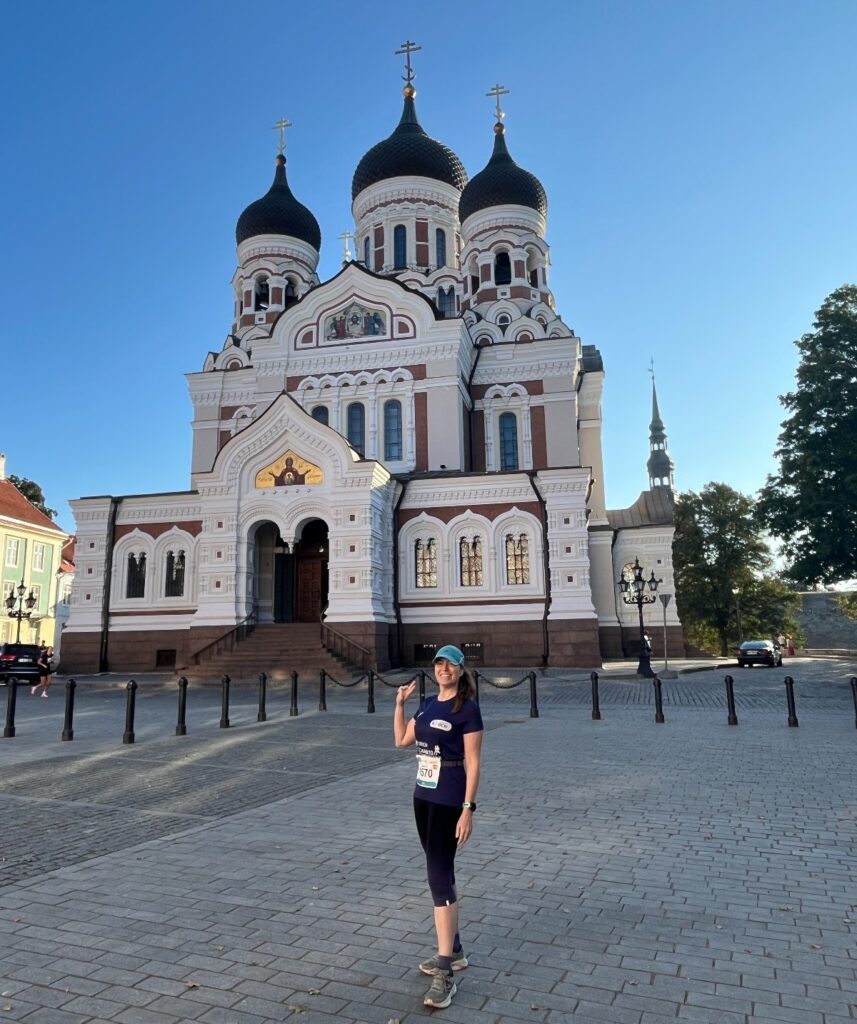
But then we realized… they thought we had come in second place! Hence why the picture 😊 They saw the medal and thought it was a “Silver” medal 😊 😊
🍜 Carboloading 🍝: What to eat in Tallin if you are a runner
For carboloading there are so many options, even in the main square, the Old Town Hall square.
Yes, of course we know that eating in the most touristic place is normally not a great option, but there were many restaurants with very good reviews, so we gave it a go. We were not disappointed: we ate fried Rye Bread with Garlic, a typical Estonian dish which was delicious:
Rukkileib (Rye Bread): Estonian rye bread is a staple food that is high in carbohydrates. It is dense, dark, and slightly sour, often served with butter, cheese, or alongside soups and stews.

And then, of course, we opted for carboloading in its essence. Ravioli and Spaghetti. Most restaurants there offer Italian pasta dishes, by the way.
I include here a few Estonian traditional dishes that are rich in carbohydrates:
- Kama: This is a traditional Estonian dish made from a mixture of roasted barley, rye, oat, and pea flour. It is often mixed with kefir, yogurt, or buttermilk and can be sweetened with sugar or berries. Kama is rich in carbohydrates and is considered a staple food.
- Kapsapirukas (Cabbage Pie): This savory pie is made with a dough that typically includes wheat flour, making it high in carbohydrates. The filling usually consists of cabbage, onions, and sometimes meat, providing a hearty and satisfying meal.
- Kartulisalat (Potato Salad): Estonian potato salad is a popular dish made with boiled potatoes, which are high in carbohydrates. The salad often includes ingredients like pickles, boiled eggs, onions, and mayonnaise, making it a creamy and filling side dish.
These dishes highlight the use of grains, potatoes, and flour-based products, which are common sources of carbohydrates in Estonian cuisine.

And for protein recovery, Estonian cuisine also features a variety of traditional dishes that are rich in protein. Here are a few examples:
- Sült (Aspic): This dish is made from pork or beef, which is simmered for a long time with bones and connective tissues to create a gelatinous, protein-rich aspic. It is often served cold and sliced, usually accompanied by mustard or vinegar.
- Verivorst (Blood Sausage): A traditional dish often enjoyed during the Christmas season, blood sausage is made from a mixture of barley, pig’s blood, and various spices stuffed into sausage casings. It is typically served with lingonberry jam and potatoes.
- Keel hernestega (Tongue with Peas): This dish features boiled or braised beef or pork tongue, which is high in protein. It is often served with peas, which also contribute to the protein content.

Useful information
🏆 Tallin Half Marathon, 42k, 21k, 10k and 5k (over the weekend)
🌐 Website: https://www.jooks.ee/en/tallinn-marathon/
🗓️ When: September, in Tallin, Estonia – Europe.
👟 Urban: bring shoes for asphalt.
✅ Nice course, flat, wide and with sights of the Baltic Sea.
✅ One-lap courses for all races. All races organised at different times over the weekend which gives you very nice flexiblity.
Frequently Asked Questions
- When is the Tallinn Marathon 2025?
The Tallinn Marathon weekend is expected to take place from September 5–7, 2025, with the 10K and Half Marathon on Saturday, and the Full Marathon on Sunday.
- Where does the Tallinn Marathon start and finish?
Both the start and finish are located in central Tallinn, near Viru Gate and Freedom Square (Vabaduse väljak), easily walkable from the Old Town.
- How do I register for the Tallinn Marathon?
Registration is available online at tallinnmarathon.ee. Early bird prices are available until summer. You’ll choose your distance (42K, 21K, 10K, or 5K) and receive a bib, timing chip, and race bag.
- Is the Tallinn Marathon course flat?
Yes, the course is relatively flat and fast—ideal for PBs. It winds through the Old Town, the seaside promenade, and parks, with minimal elevation.
- What’s the weather like in Tallinn in September?
Expect cool, mild weather—typically 8–16°C (46–60°F). Wind from the sea is common, so bring layers and a light jacket. We ran in summer gear and had absolutely no problem, though!
- Are there pacers for the Half and Full Marathon?
Yes! Pacers are available for several goal times. Look for designated pace groups at the start area, clearly marked with flags or balloons.
- What to do in Tallinn after the race?
Explore the UNESCO-listed Old Town, visit Toompea Hill, walk the city walls, or relax in Kadriorg Park. Tallinn is compact, charming, and very walkable!

Map
The race course maps for all distances:
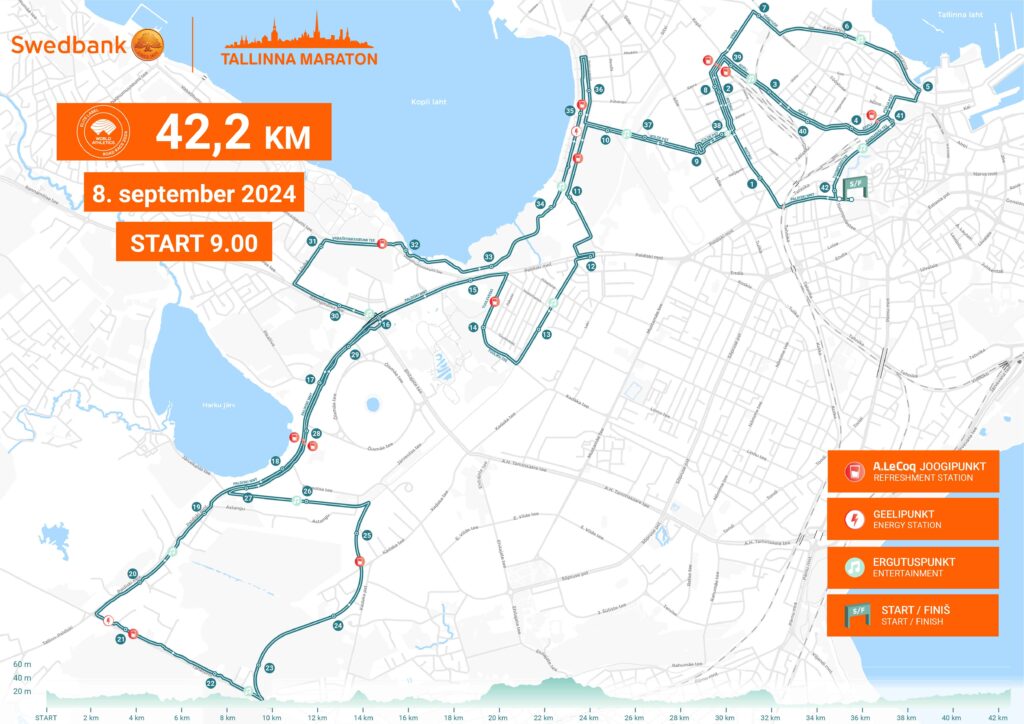

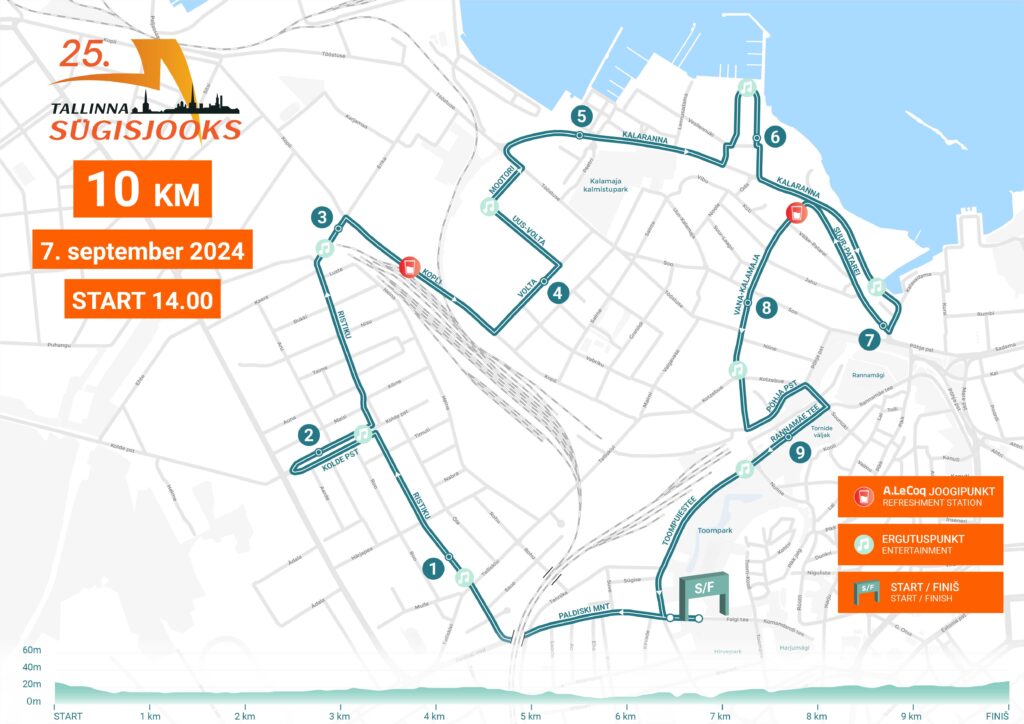
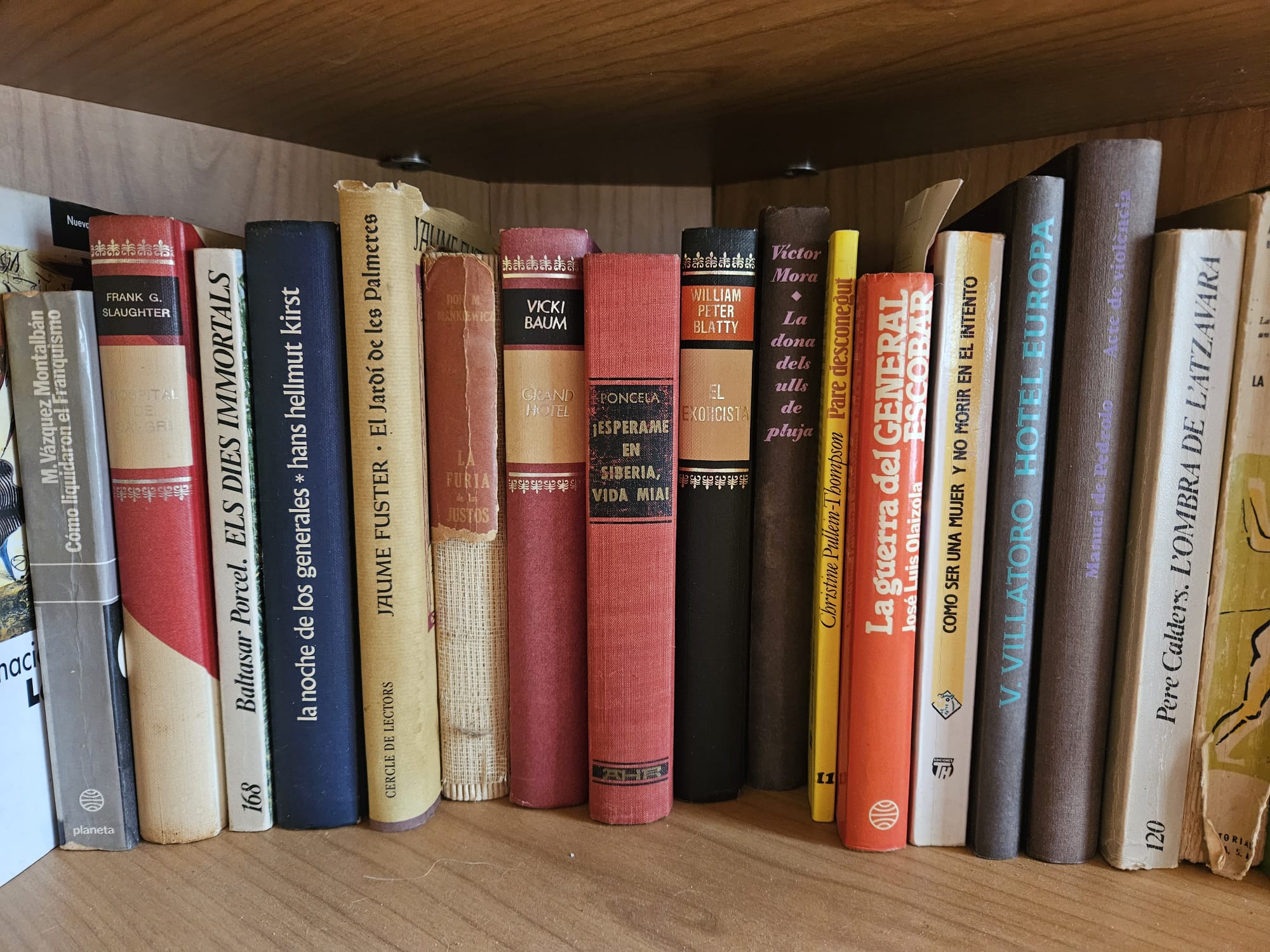
One book
“The ropewalker: between three plagues” by Jaan Kross
“Between Three Plagues” (“Kolme katku vahel”) by Jaan Kross is a prominent Estonian novel set in Tallinn.
This historical novel, part of a trilogy, is set in the 16th century and follows the life of Balthasar Russow, a real historical figure who was a chronicler and pastor.
The book provides a detailed and vivid portrayal of Tallinn during a turbulent period marked by war, plague, and political upheaval, offering readers an immersive experience of the city’s history and culture.

Plot Summary: The first part in an epic historical trilogy – The Estonian answer to Wolf Hall – by the nation’s greatest modern writer
Jaan Kross’s trilogy dramatises the life of the renowned Livonian Chronicler Balthasar Russow, whose greatest work described the effects of the Livonian War on the peasantry of what is now Estonia. Like Hilary Mantel’s Thomas Cromwell, Russow is a diamond in the rough, a thoroughly modern man in an Early Modern world, rising from humble origins to greatness through wit and learning alone.
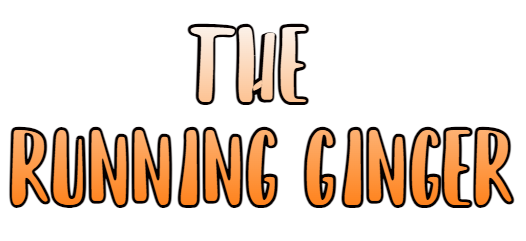

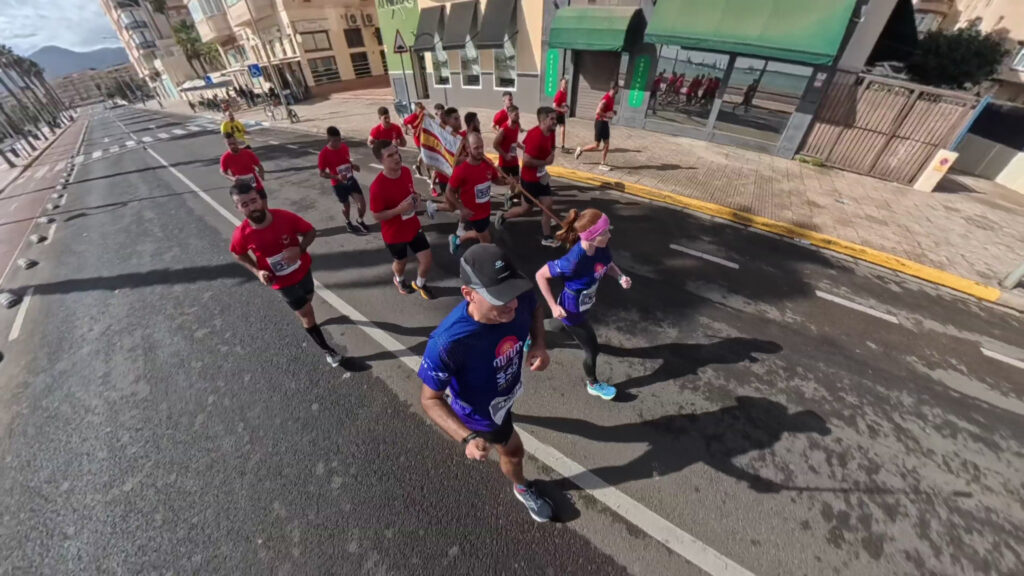
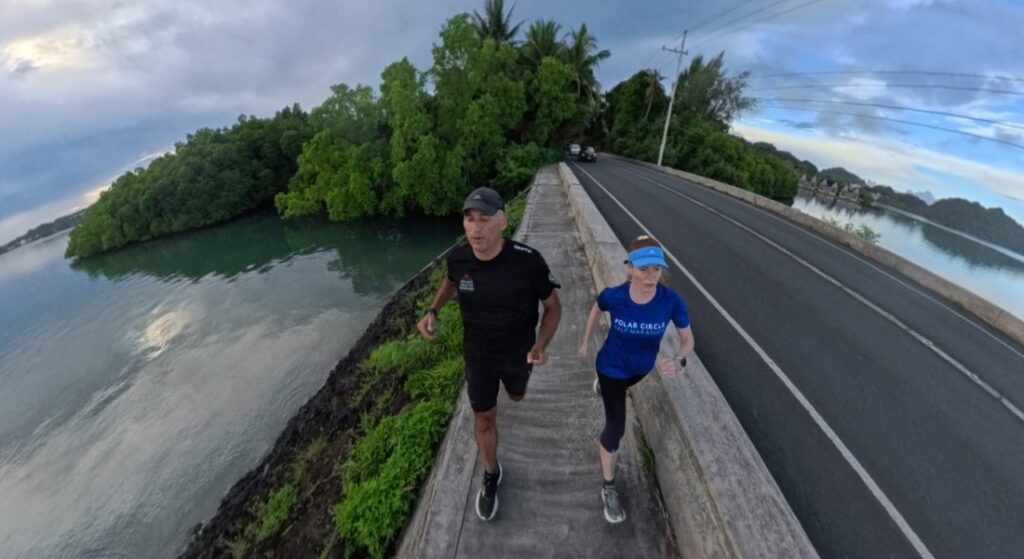

One Comment